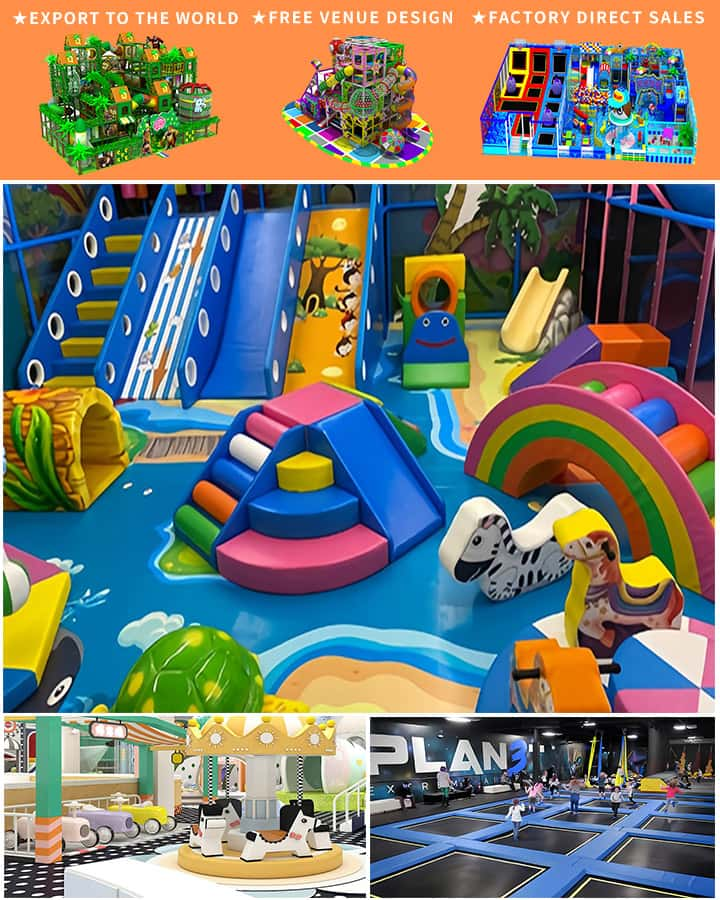The bustling world of indoor child play areas offers a haven for young imaginations to flourish. These meticulously designed spaces not only provide children with endless opportunities for fun and adventure, but they also contribute significantly to their physical, emotional, and cognitive development. With creativity at the core of these areas, parents and caregivers can find a variety of options that cater to different age groups and interests, making them an integral part of a child’s growth journey.
The Importance of Indoor Play
In today’s fast-paced world, indoor play areas have become essential for several reasons. They offer a safe environment where children can engage in active play regardless of weather conditions. Additionally, these spaces are often designed to stimulate sensory experiences, encouraging children to explore textures, colors, and sounds. This type of engagement is vital for developing motor skills, enhancing hand-eye coordination, and promoting overall physical health.
Types of Indoor Child Play Areas
Soft Play Zones: Perfect for toddlers and young children, soft play zones are filled with foam-based structures like climbing frames, slides, and ball pits. These areas ensure safety while allowing kids to test their physical limits in a controlled setting.
Interactive Learning Spaces: For older children, interactive learning spaces offer educational play equipment such as puzzles, building blocks, and interactive whiteboards. These activities encourage problem-solving, creativity, and cognitive development.
Sensory Play Rooms: Designed to engage various senses, sensory play rooms feature elements like sensory walls, water tables, and textured mats. These areas are particularly beneficial for children with sensory processing disorders, offering a calming yet stimulating experience.
Role-Playing Areas: Small kitchens, mini grocery stores, and doctor’s offices are popular in role-playing sections. These setups allow children to imitate real-life scenarios, fostering social skills, empathy, and communication abilities.
Physical Challenge Zones: Equipped with ropes, ladders, balance beams, and obstacle courses, these areas focus on improving agility, strength, and coordination. Suitable for all ages, they encourage physical fitness through enjoyable challenges.

Benefits Beyond Play
The advantages of indoor child play areas extend far beyond mere entertainment. Regular participation in structured play has been linked to improved mental health, reduced stress levels, and better social interactions among children. By engaging in group activities, kids learn to share, cooperate, and resolve conflicts amicably. Moreover, the exposure to diverse play environments boosts adaptability and resilience, preparing children to handle various situations more confidently.
Safety First
Safety is paramount in any indoor play area. Reputable facilities ensure that their equipment is well-maintained, sanitized regularly, and meets safety standards to prevent accidents. Staff members are trained to supervise children closely and respond quickly to any emergencies. Parents should look for facilities with transparent safety protocols and positive reviews to ensure a secure play experience for their little ones.
Conclusion
Indoor child play areas serve as vibrant hubs of activity and learning, nurturing children’s development through a blend of fun and education. Whether it’s a soft play zone for the youngest ones or a challenging obstacle course for the older kids, these spaces offer something valuable for every age group. By providing a safe and stimulating environment, indoor play areas help build the foundation for healthy growth, making them an indispensable resource for families everywhere.




